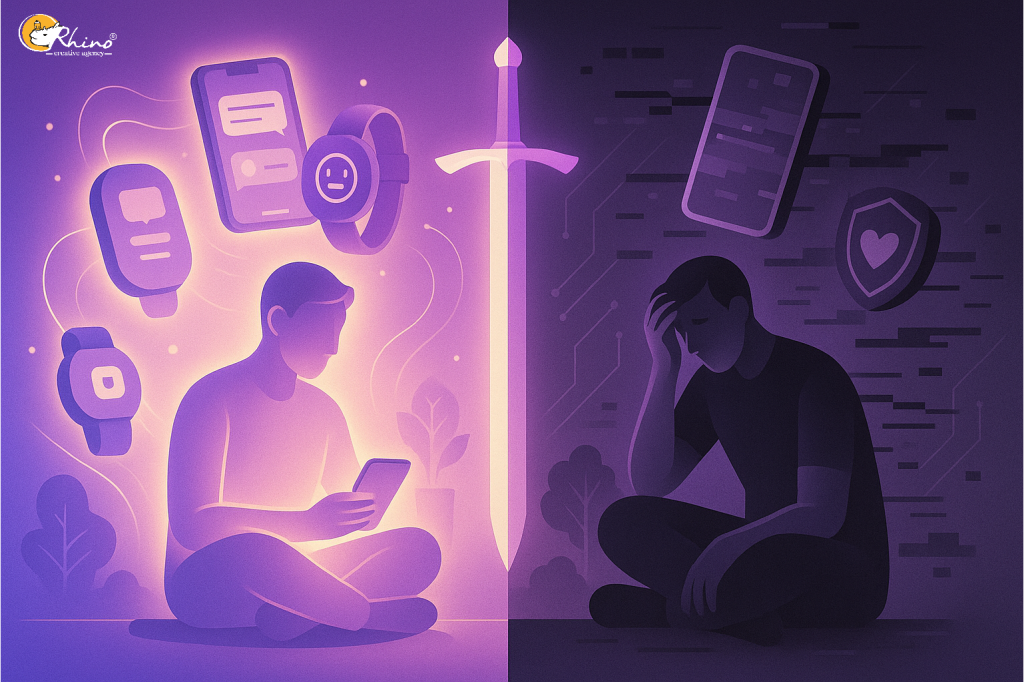In the modern digital era, technology has become deeply embedded in our daily lives, influencing how we work, communicate, learn, and even manage our personal well-being. While it has opened remarkable possibilities for progress and connection, its impact on mental health is far from one-dimensional. The relationship between technology and mental health is best described as a double-edged sword. On one side, technology offers groundbreaking tools for mental health support, awareness, and accessibility. On the other, it introduces significant risks, from social isolation and cyberbullying to digital addiction and anxiety.
Understanding this complex balance is crucial for individuals, mental health professionals, and technology developers alike. By recognizing both the benefits and the drawbacks, we can work towards creating a healthier relationship with technology that supports, rather than undermines, mental well-being.
The Positive Role of Technology in Mental Health Support
Technology has transformed the way people access mental health resources. One of the most notable advancements is the rise of telemedicine and online therapy platforms. These services make professional mental health support accessible to individuals who might otherwise face barriers such as remote locations, mobility issues, or social stigma. By connecting patients to licensed therapists from the comfort of their homes, technology breaks down geographical and psychological barriers, making help more approachable and convenient.
In addition to online therapy, there has been an explosion in the number of mental health apps that provide practical tools for emotional well-being. Apps offering guided meditation, mindfulness exercises, mood tracking, and cognitive behavioral therapy (CBT) techniques allow individuals to take a proactive approach to managing stress, anxiety, and depression. Many of these tools are available at little or no cost, empowering users to build healthier mental habits on their own schedule.
Digital platforms also enable the growth of online support communities. Forums, group chats, and social media groups dedicated to mental health topics offer spaces where individuals can share experiences, provide encouragement, and find solidarity. For people who are hesitant to seek in-person support, the anonymity of these communities can make it easier to open up and feel understood. This shared connection reduces feelings of isolation and can be a powerful step toward recovery.
The Hidden Costs and Mental Health Risks of Technology
While the benefits are significant, technology also carries real psychological risks. Social media, for instance, has become both a source of connection and a breeding ground for comparison. Curated and filtered portrayals of people’s lives can lead to unrealistic expectations and feelings of inadequacy. Over time, this can contribute to low self-esteem, anxiety, and depression.
Cyberbullying has emerged as a particularly harmful outcome of online interactions. For adolescents and young adults, online harassment can have severe mental health consequences, including social withdrawal, chronic anxiety, and even suicidal thoughts. Unlike in-person bullying, cyberbullying can follow individuals into their homes, leaving them with no safe space to retreat.
Digital addiction is another growing concern. The constant flow of notifications, messages, and content can create an overwhelming pressure to remain constantly connected. Many platforms are intentionally designed to keep users engaged for as long as possible, often at the expense of their mental well-being. Prolonged screen time can interfere with sleep, reduce real-world social interactions, and contribute to feelings of burnout.
Another subtle but damaging effect is the rise of “doomscrolling” — compulsively consuming negative news and distressing online content. While staying informed is important, excessive exposure to alarming headlines and social media debates can heighten stress levels and foster a sense of hopelessness about global issues.
Navigating the Digital Landscape Responsibly
The complex relationship between technology and mental health calls for a balanced and intentional approach. To maximize the positive effects and reduce harm, both individuals and technology creators have roles to play.
For digital platform developers, ethical design must become a priority. This includes implementing features that encourage healthy usage, such as reminders to take breaks, customizable notification settings, and tools to track screen time. It also involves creating stronger protections against cyberbullying, harmful content, and the spread of misinformation.
On an individual level, practicing digital wellness can help maintain mental balance. This might involve setting daily limits on screen time, scheduling regular offline activities, and curating social media feeds to focus on positive and meaningful content. Building awareness of how technology affects your mood and focus is the first step toward making more mindful choices online.
Educational initiatives are also essential, especially for younger generations who grow up immersed in technology. Schools, parents, and communities can work together to teach digital literacy skills, emphasizing critical thinking, responsible online behavior, and the importance of balancing screen time with real-world experiences.
Collaboration Between Mental Health Experts and Technology Developers
The future of mental health in the digital world depends on close collaboration between mental health professionals and technology innovators. By working together, they can ensure that digital mental health tools are evidence-based, clinically sound, and effective in delivering real benefits. Rigorous testing and ongoing feedback from both users and practitioners are necessary to refine these tools and avoid unintended harm.
Regulation may also have a role to play. Holding technology companies accountable for the mental health impacts of their platforms can create pressure for more responsible design. Transparency in how algorithms work and how user data is handled can also build trust between technology providers and users.
The Path Toward a Mentally Healthier Digital Future
Technology is neither inherently good nor bad when it comes to mental health — its impact depends largely on how it is designed and how it is used. The goal should not be to reject technology but to cultivate a healthier relationship with it. By embracing ethical technology design, promoting digital literacy, and encouraging mindful online habits, society can harness the benefits of technology while minimizing its risks.
In the coming years, mental well-being will increasingly be influenced by our ability to navigate the digital world with intention and awareness. The intersection of technology and mental health will remain a dynamic space, filled with opportunities for innovation as well as challenges that demand careful attention. By prioritizing human well-being in every stage of technological development, we can ensure that the digital tools we create and use contribute to a healthier, more connected, and more resilient society.

